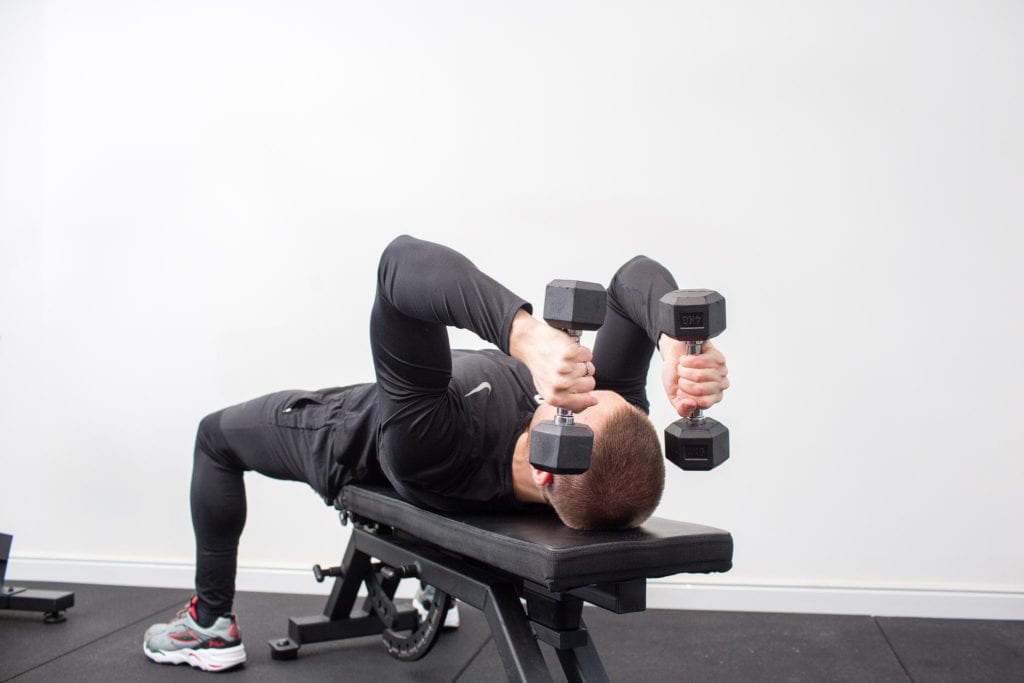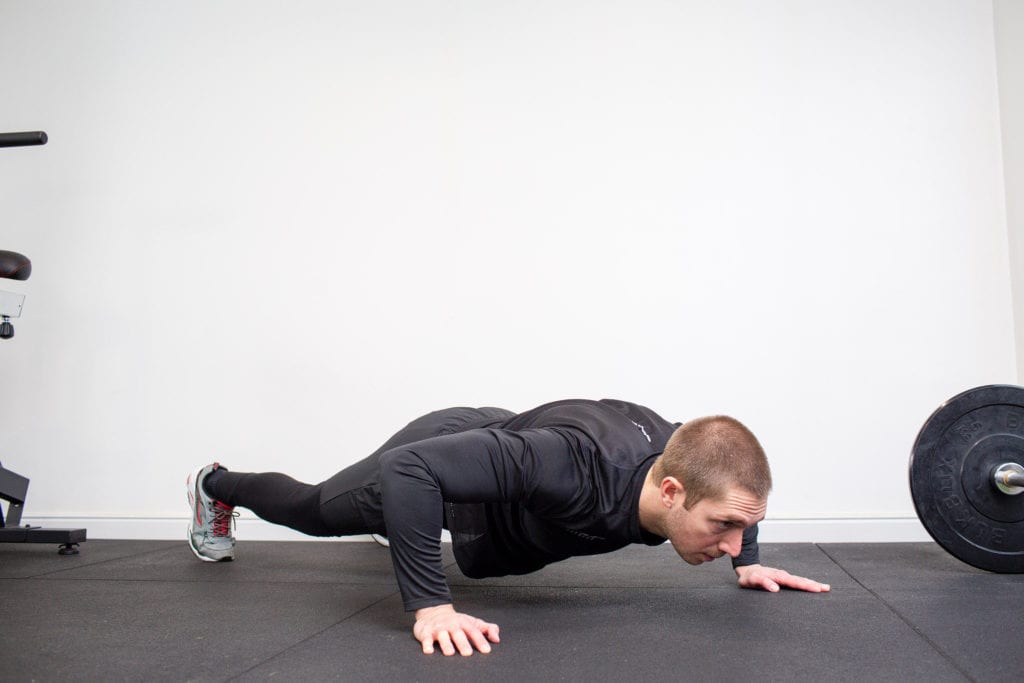5 Ways You’re Exercising Wrong And How To Correct Them
01/06/2021
You know very well the importance of regular exercise to maintaining health and wellness. Exercise promotes good blood circulation, boosts immunity, and helps regulate hormones for growth and development. You probably know the different types of exercises such as cardio and endurance training. But are you also aware that exercising wrong can result in serious health consequences?
So, what are the different ways people are exercising wrong and how can you correct them?
1. Overtraining
Exercise is a part of a healthy lifestyle. However, when you’re exercising wrong or too much, your body may suffer from serious consequences such as torn muscles and ligaments, fracture, and overtraining syndrome (OTS) that can lead to kidney failure.
One of the tell-tale signs of overtraining or excessive exercise is decreased athletic performance. You’ll notice slower reaction times, impaired agility, decreased endurance, and slower running speeds. All of these observations can lessen your motivation.
Excessive fatigue hampers your body from recovering from exercise and recharging. You expend calories constantly depleting your energy stores. Over fatigue can result in poor exercise recovery. Check this for more information to learn about fatigue and poor recovery.
Here is the adverse health effects associated to OTS:
- Hormonal Dysfunction: Stress hormones such as cortisol and epinephrine accumulate in the body during intense and prolonged exercise. Hormonal dysfunction can lead to trouble with concentration, irritability, insomnia, and depression.
- Anorexia: Hunger and satiety are results of hormonal imbalance. While increased exercise boosts hunger, excessive exercise does the opposite. Weight loss or anorexia is a serious issue in people who over exercise.
- Rhabdomyolysis: This serious muscle syndrome is a result of indirect or direct muscle injury. Overfatigue results in death of muscle fibres, releasing their contents into the blood, leading to kidney failure, affecting its ability to remove waste.
- Impaired Metabolism: Because of low energy due to OTS, it negatively affects different organ systems, causing iron deficiency anaemia, low testosterone levels, and low bone density.
- Poor Immunity: Overfatigue can drain your immune system, affecting its ability to ward off infections such as upper respiratory infections.
Take a break for one to two weeks if you suspect having OTS. If you have associated eating disorders or compulsive overtraining, treatment options include antidepressant drugs, cognitive-behavioural therapy, and support groups.
2. Push-up Mistakes

A home exercise station is incomplete without the all-time favourite, push-ups. This workout is very effective in building muscles and strength. However, minor mistakes in your push-up technique can result in major problems, causing injury and pain.
Here are the common push-up mistakes and how to correct them:
- Too Wide Elbow Angle: People flare their elbows out because of a too wide hand position in an attempt to target and grow the chest. However, doing this form may injure your shoulders. Instead of positioning your hand too wide, your elbows should line up with your chest fibres to stimulate the muscles. Keep your elbows 45 to 60 degrees from your body. A wide grip limits range of motion.
- Incorrect Hand Orientation: Shoulder impingement results from positioning the hands incorrectly. Hands that are turned in slightly causing too wide elbows. Correct this mistake by keeping your hands in a neutral position and facing forward. For a chest-focused push-up, limit your elbow flexion and keep your elbows stacked on top of your wrists.
3. Running Too Much Mileage
One of the common running mistakes is running too much mileage. New runners are too excited to run and tend to run too much and too soon. If it’s your first time, don’t get overwhelmed about joining fun runs or marathons.
When running, it’s crucial to take time to rest to recover fully. More isn’t always better because over fatigue can happen. You may experience overuse running injuries, like runner’s knee, shin splints, or iliotibial band (ITB syndrome, a common knee injury).
If it’s your first time to run, be more conservative. Gradually increase your mileage to no more than 10% a week. Start to walk first, and progress into a walk or run programme.
4. Holding Your Breath
When people do yoga, the common mistake they do is holding their breath. When you’re trying to get the yoga pose right and concentrate on balance, you may tend to hold your breath unnoticeably. However, it prevents the free energy flow and creates tension and stress.
If you notice yourself holding your breath, then it’s a sure sign of pushing yourself too hard. Make sure to maintain a steady breath if you’re lying down, standing on one leg or upside down. Take a break if you start catching breath until you can control your breathing.
5. Weightlifting Mistakes
The common weightlifting mistakes include the following wrong forms and how to fix them:
- Dipping Forward When You Squat: A poor form when holding the barbell in front of the chest compromises the strength, pulling the body forward. You can fix this problem by keeping the feet further than hip-distance apart for stability. It is best to keep the elbows up to keep the body in an upright position with the chest up.
- Using A Wide Grip: It tires the chest muscles, which can result in a shoulder injury. It’s best to keep the hands shoulder-wide apart to increase the weight while reducing strain on the shoulders.
- Bar Too Far Away From The Legs: You may hurt your lower back if you stand too far away from your barbell. Remember that it’s easier to lift the barbell if it’s closer to you. You can fix this form by keeping your feet under your hips. The barbell should rest on the ground in front and push your butt area back and down when you hinge forward. Your hands should grip the barbell outside your knees. Your shoulders should be over your toes. The bar should go up the legs as you stand up closely touching the legs.
Conclusion
Exercising wrong can result in painful and long-term injuries. Therefore, it’s crucial to have the correct form, intensity, and type of exercise to avoid the negative consequences of incorrect exercise. Overusing your muscles and training beyond your body’s capacity aren’t good for your health and safety.